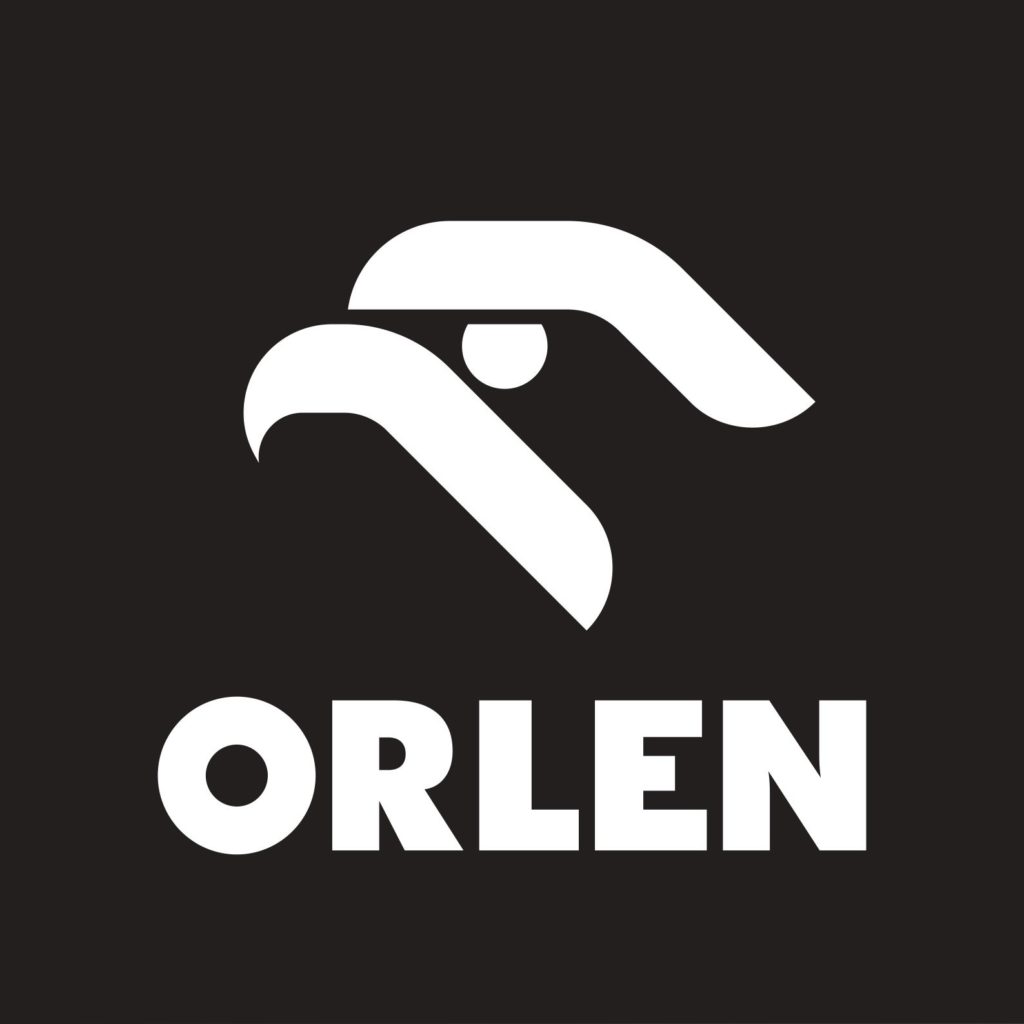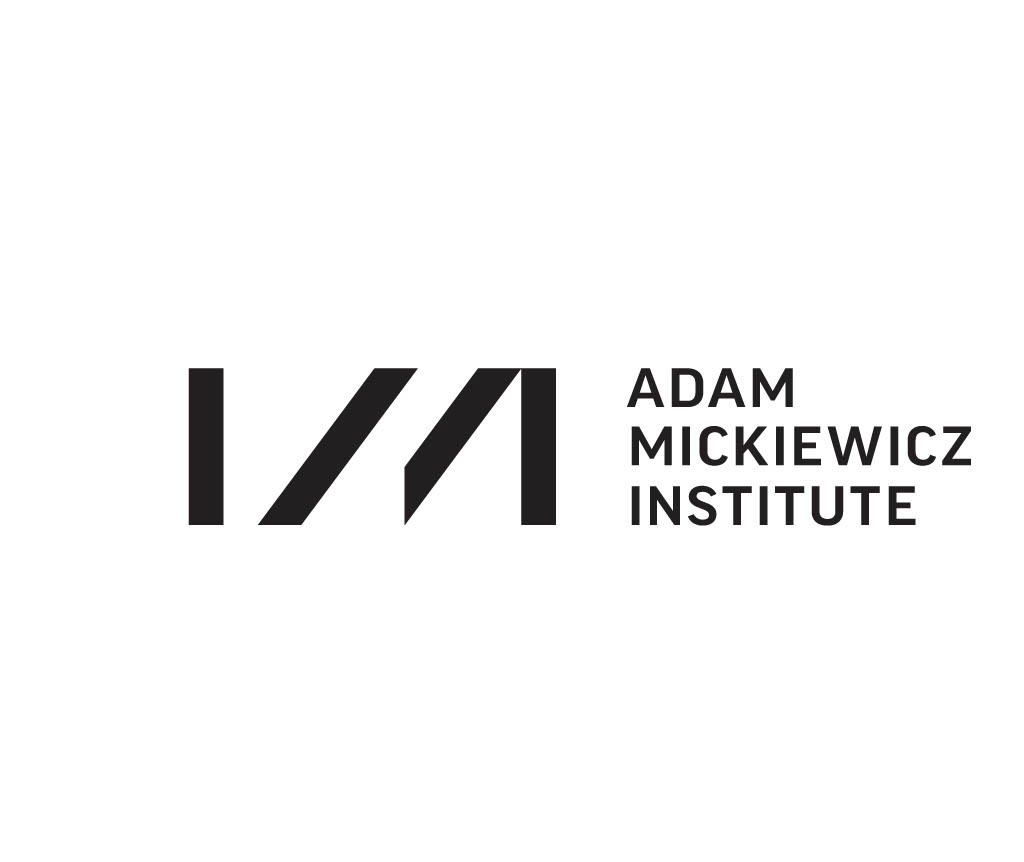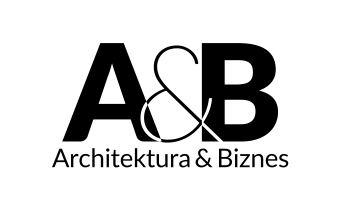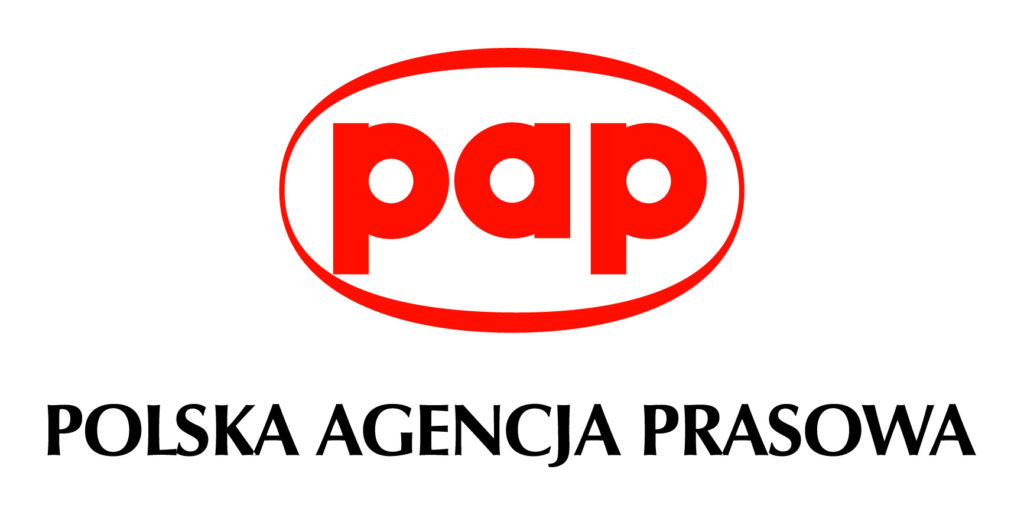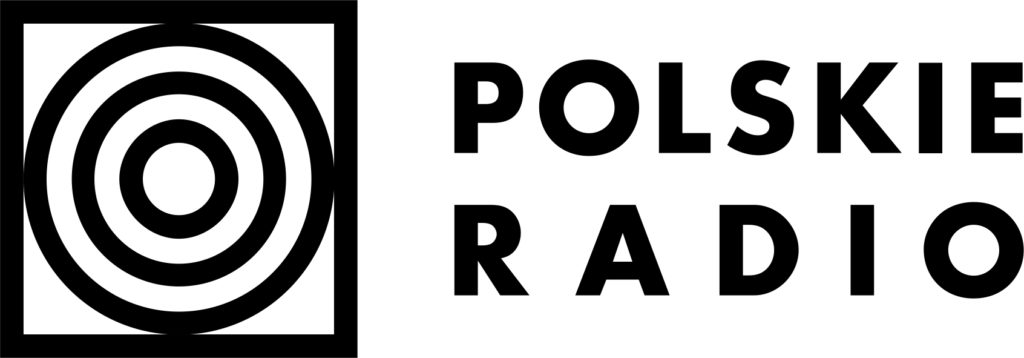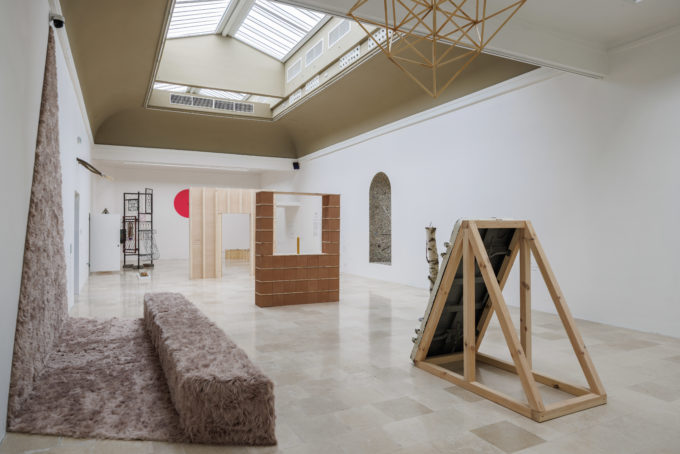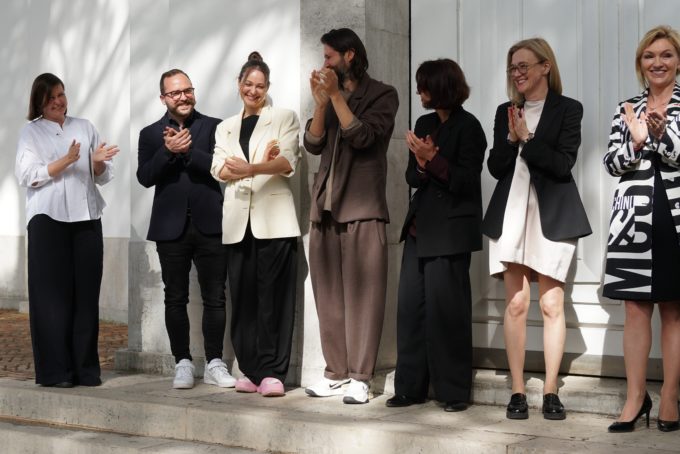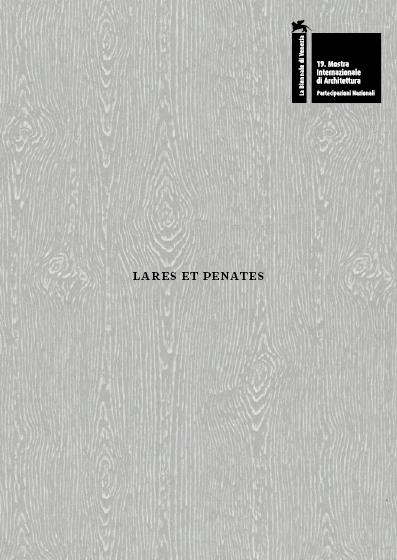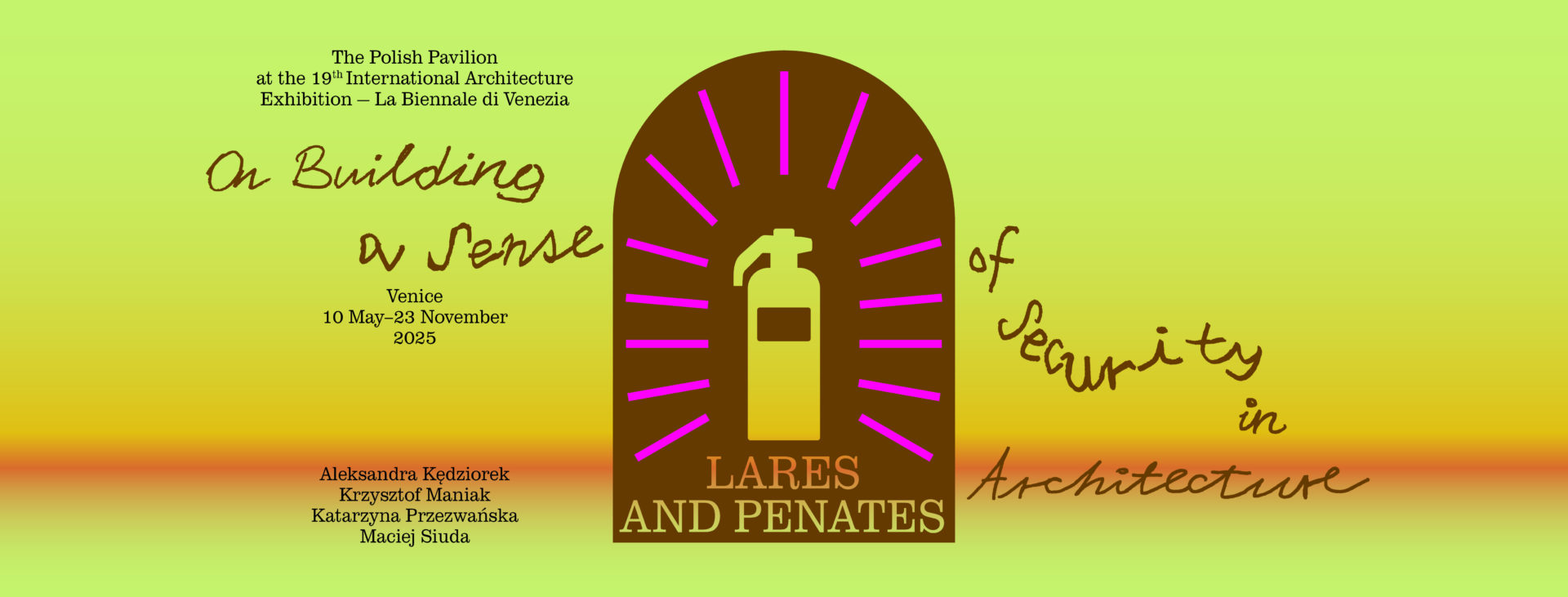
Lares and Penates: On Building a Sense of Security in Architecture
From the very beginning, architecture’s primary role has been to protect. The set of anxieties that accompany its inhabitants has evolved – people still turn to architecture to seek shelter from weather or the elements, but nowadays they also contend with climate catastrophe, wars or the prospect of mass migration. Does architecture have the tools to protect us from adversity? What practices taken from the construction and use of buildings can we employ to provide us with sense of security?
The Lares and Penates exhibition seeks answers to these questions in building superstitions still cultivated today. Firmly rooted in the local Polish tradition, it draws from the practices and rituals that ensure a sense of security in architecture, as a resource of pre-modern, collective wisdom. It views these as a practical and universal response to fears that have accompanied people for centuries, and those of today. The exhibition demonstrates that, in a technologically advanced world, the simplicity and accessibility of these solutions gives the human psyche a much-needed sense of agency. Without judging the effectiveness of these techniques, it points out their vital role in building a sense of security or creating a local community. In this way, the exhibition echoes the main theme of the Architecture Biennale, Intelligens. In defining the intelligence of the future as ‘inclusive, multiple, and imaginative beyond today’s limiting focus on AI’, curator Carlo Ratti emphasised the last syllable of the title: gens, or people.
The exhibition was created by an interdisciplinary team, involving architect Maciej Siuda and artists Krzysztof Maniak and Katarzyna Przezwańska. It juxtaposes two ideas: security and a sense of security. The first includes solutions found in building, fire, and health and safety regulations. The second incorporates the architecturally-related practices and rituals in Poland meant to ensure good fortune and to protect against ill fortune. The exhibition shows these two components as equal and complementary. Together, they allow the country’s inhabitants to feel more secure in a rapidly changing reality.
- YEAR2025
- CATEGORY Biennale Architettura
- EDITION19.
- DATES10.05-23.11.2025
- COMMISSIONERAgnieszka Pindera
- CURATORAleksandra Kędziorek
Authors
Aleksandra Kędziorek (b. 1987) ― an art historian, curator, editor, graduate of the Art History Institute at the University of Warsaw and CuratorLab at Konstfack University of Arts, Crafts and Design in Stockholm, her work sits between architecture, design and visual arts, both for institutions and independently. In her curatorial practice she tries to take into account historically-conditioned and thought-provoking contexts. She uses her research strategies to seek inspiration and creative responses in the past for the challenges of the present. Most recently the focus of her interest was the use of textiles in interiors before the spread of electricity (the Clothed Home exhibition, created with Alicja Bielawska and Centrala for the London Design Biennale, 2021) and the role of water plants in modernist architecture (Centrala’s Nenúfars blancs art intervention at the Mies van der Rohe Pavilion in Barcelona, 2022). Before that, she coordinated an international research and exhibition project on Oskar and Zofia Hansen at the Museum of Modern Art in Warsaw and tended to the summer house in Szumin (2013–2017).
Krzysztof Maniak (b. 1990) ― a graduate from the Intermedia Faculty at the Academy of Fine Arts in Krakow, he defended his PhD in 2018, and works in the Intermedia Art Phenomena Institute at his alma mater. His artistic practice is based on work in the landscape ― these are most often simple, discreet gestures and interactions with nature. He makes art as he wanders through the forests, meadows and hills of Tuchów, where he lives. These are a backdrop for his actions and material for temporary installations, as well as a source of props for his performances. He is the winner of the 14th edition of the Hestia Artistc Journey Competition, the Grand Prix of the 5th Spring Salon at the BWA Gallery in Tarnów and the 10th edition of the Views competition at Zachęta ― National Gallery of Art. His works have been seen at the Museum of Modern Art in Warsaw, SALT Ulus in Ankara, BWA in Katowice, BWA in Tarnów, Bielska Gallery BWA, BWA Bydgoszcz Municipal Gallery, BWA Warsaw, ABC Gallery, Biała Gallery in Lublin, Baltic Contemporary Art Gallery, State Art Gallery in Sopot, El Gallery Art Centre in Elbląg, Contemporary Art Gallery in Opole, MOCAK Museum of Contemporary Art in Krakow, and at the Postartistic Congress in Sokołowsko.
Katarzyna Przezwańska (b. 1984) ― a graduate of the Painting Faculty at the Academy of Fine Arts in Warsaw, she makes sculptures, architectural interventions, installations and pictures, in which she often uses natural materials, such as rocks, minerals and plants. Her works often pertain to nature and architecture, joining these two spheres in an effort to improve the quality of human life and make her art useful. She is inspired by both vernacular architecture and the twentieth-century classics, as well as geological phenomena and vegetative processes. Her designs include a playground in Lublin and a square for students on the grounds of the University of Warsaw, and contributions to a design for the state elementary school and preschool on Zaruby Street in Warsaw (with Maciej Siuda’s Studio). She has taken part in many art exhibitions in such institutions as the Ujazdowski Castle Centre for Contemporary Art, Museum of Modern Art in Warsaw, Zachęta ― National Gallery of Art, National Museum in Warsaw, Kunsthalle in Tallin, Museum Abteiberg in Mönchengladbach, and the Riga International Biennial of Contemporary Art. She lives and works in Warsaw.
Maciej Siuda (b. 1983) ― an architect and designer who graduated from the Architecture and Urban Planning Faculty at the Wrocław University of Science and Technology, his work blends architecture, the humanities and art. He is interested in joining research and practice, experimentation, the potential of collaboration, work with the original and material tools of architecture (mock-ups, drawings, samples) juxtaposed with the immateriality of ideas, as well as shifts in scale. He creates objects, installations, exhibitions and structures. He was the co-creator of the MYCOsystem Polish Pavilion at the 22nd Triennale di Milano (2019) and the Devebere pavilion at Biennale Architettura 2012 in Venice, exploring air as a building material. He created the architecture for the Reconstruction Disputes exhibition at the 7th Warsaw under Construction festival (Grand Prix Architectural Award from the Mayor of Warsaw, 2015; Talking Buildings Down award from the Storefront for Art and Architecture institute in New York, 2016), as well as the wooden bas-relief for the Polish Table installation at the Expo in Dubai (2020) and the Basic Forms exhibition in Chiang Rai during the Art Biennial in Thailand (2024). His architectural projects include: an elementary school and preschool in Warsaw (main prize, Art in Architecture Festival, 2021), and as part of the Balon collective, a school in Jacmel, Haiti (Acknowledgement Holcim Awards in Columbia, 2014). He has designed exhibitions for the Museum of Modern Art in Warsaw, Zachęta ― National Gallery of Art, National Museum in Warsaw, Ujazdowski Castle Centre for Contemporary Art, Muzeum Sztuki in Łódź and Staatliche Kunstsammlungen Dresden. He is presently collaborating on an exhibition for London Design Biennale 2025.

photo by Jacopo Salvi/Zachęta Archive


